Robotic Gynaecology
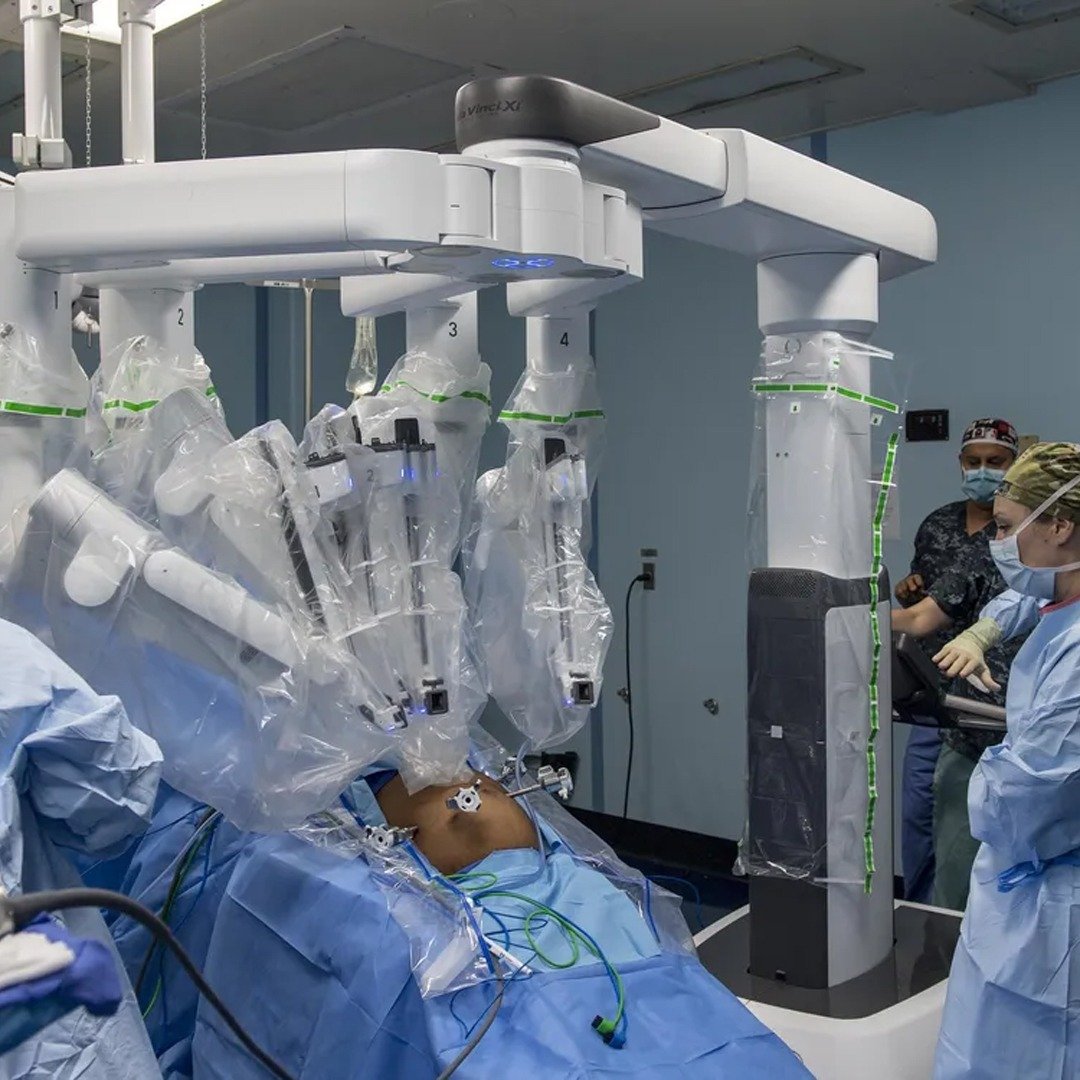
Why Robotic Surgery is the Best Option for Selected Gynecological Cancers
Women are affected by cancers of the female reproductive system. The list includes ovarian, uterine, cervical, vaginal and vulvar cancers. They're quite common. But, there's good news. Surgical methods have improved. New, effective treatments have emerged. A key breakthrough is robotic-assisted surgery for these female-specific cancers and precancerous conditions.
Surgeons now use robotic-assisted tools to conduct gynecological cancer surgeries and it's pretty state-of-the-art. This technique, which makes the surgery less invasive, has changed how these cancers are treated. It offers patients a lot of pluses. Think faster healing and lesser scars. Plus, it's more precise. Here, we will dig into what this robotic gynecological cancer surgery is, what's great about it, the process, and how it's shaping up the fight against this cancer for women.
Book an Appointment
What is Robotic Gynecological Cancer Surgery?
The treatment of gynecological cancers has been revolutionized by the practice of robotic surgery. This approach involves the usage of advanced machinery like the da Vinci Surgical System. This clever piece of equipment gives doctors improved sight, accuracy, and authority in performing tasks. Although the surgery is said to be minimally invasive, the technology used allows performing intricate procedures with small cuts. This dramatically lessens the usual harm that comes with standard open surgery.
In a robotic surgery, the surgeon guides the robot from a control station in the operation room. The control station delivers a crisp 3D view of the surgical site. Tiny tools are attached to the robot's arms. They enter the patient's body via minor cuts. The surgeon commands these tools from the control station, which boosts precision and skill.
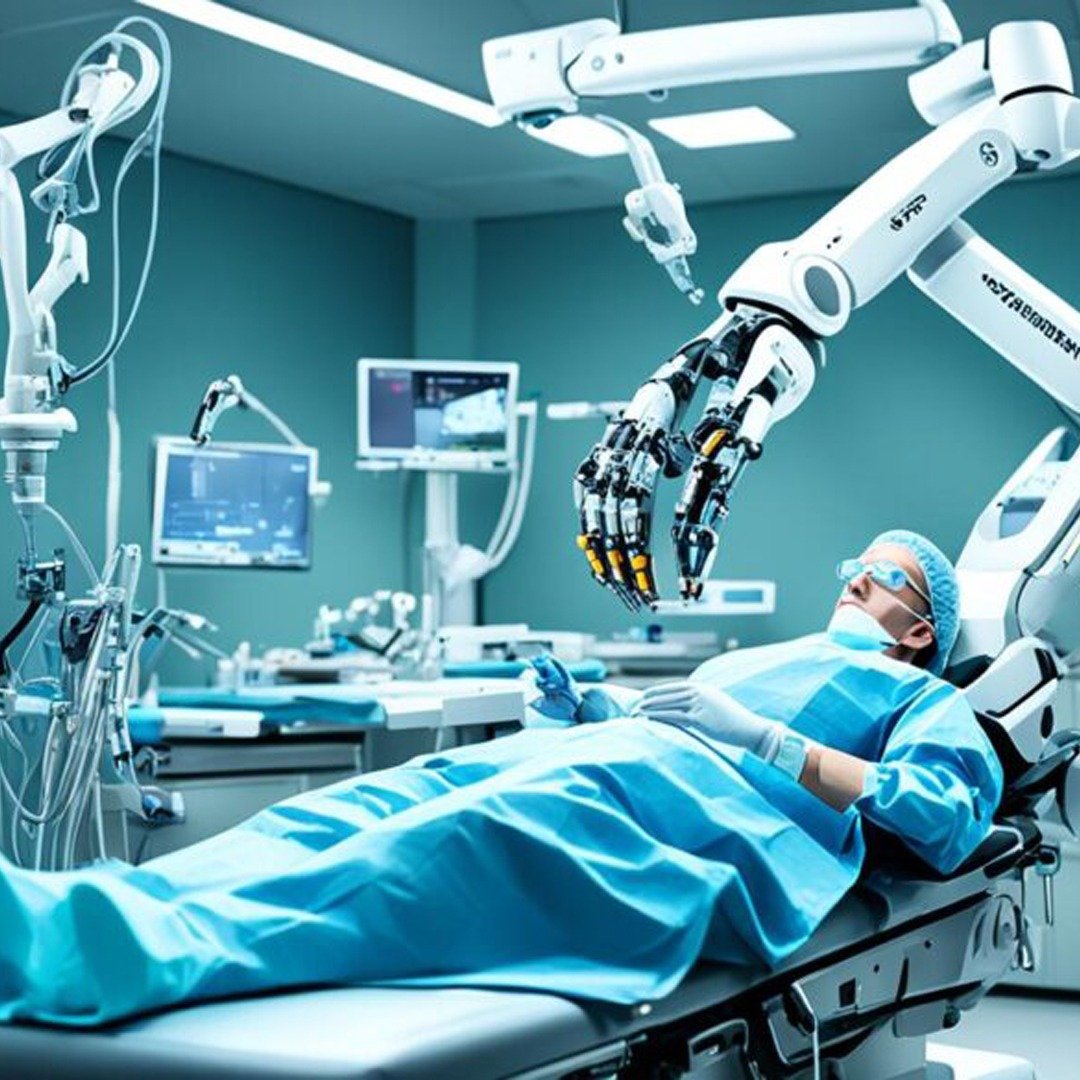

Types of Gynecological Cancers Treated with Robotic Surgery
Robotic surgery handles different kinds of gynecological cancers, such types of Gynaecological Cancers are:
Uterine (Endometrial) Cancer: This cancer strikes the uterus lining. The frequent approach is robotic surgery for hysterectomies, which involves removing the uterus and at times, neighboring tissues such as lymph nodes and omentum. The robotic system has the capability of sentinel node mapping which allows to remove the first draining lymph node from the tumor site and look for involvement by cancer. This approach avoids a traditional regional lymphadenectomy which is more morbid in the long run as it leads to leg swelling.
Vulvar Cancer: This type of cancer affects the outer parts of a woman's genitals. The good thing is, here also the groin lymph nodes can be dealt via robotic surgery leading to less wound breakdown problems. This high-tech treatment method is excellent for removing nodes precisely and causing less tissue damage.
Ovarian Cancer: This sort of cancer poses a serious health risk to women. It's often detected in later stages. We employ robotic surgery in presumed early stages to determine its extent, take out tumors, and remove nearby tissues for the purpose of staging the cancer.
Cervical Cancer: There's a rising trend of using robotic technology to carry out extreme or radical hysterectomies. This entails removing the uterus, nearby tissues, and lymph nodes.
It's amazing how robotic surgery enhances accuracy. Not only does it remove harmful tumors finely, but it also keeps healthy tissues intact. That's one big reason why it's often preferred for treating such cancers
Candidates for Robotic Surgery
- Gynecological Conditions: If you're a woman dealing with things like uterine, cervical, or ovarian cancer, you could benefit. It's also useful for tricky non-cancer issues like fibroids, endometriosis and ovarian cysts.
- Early-Stage Cancer: Have early-stage gynecological cancers? Robotic surgery can help. Its sharpness and speedy recovery time make it a strong choice.
- Good General Health: Be in good shape overall. It's essential for handling anesthesia and surgery.
- No Extensive Adhesions: Fewer scars from past surgeries make robotic procedures smooth sailing.
- Desire for Faster Recovery: If a speedy recovery tops your list, go robotic. Hospital stay's shorter, pain's less, and you get back to daily life faster.
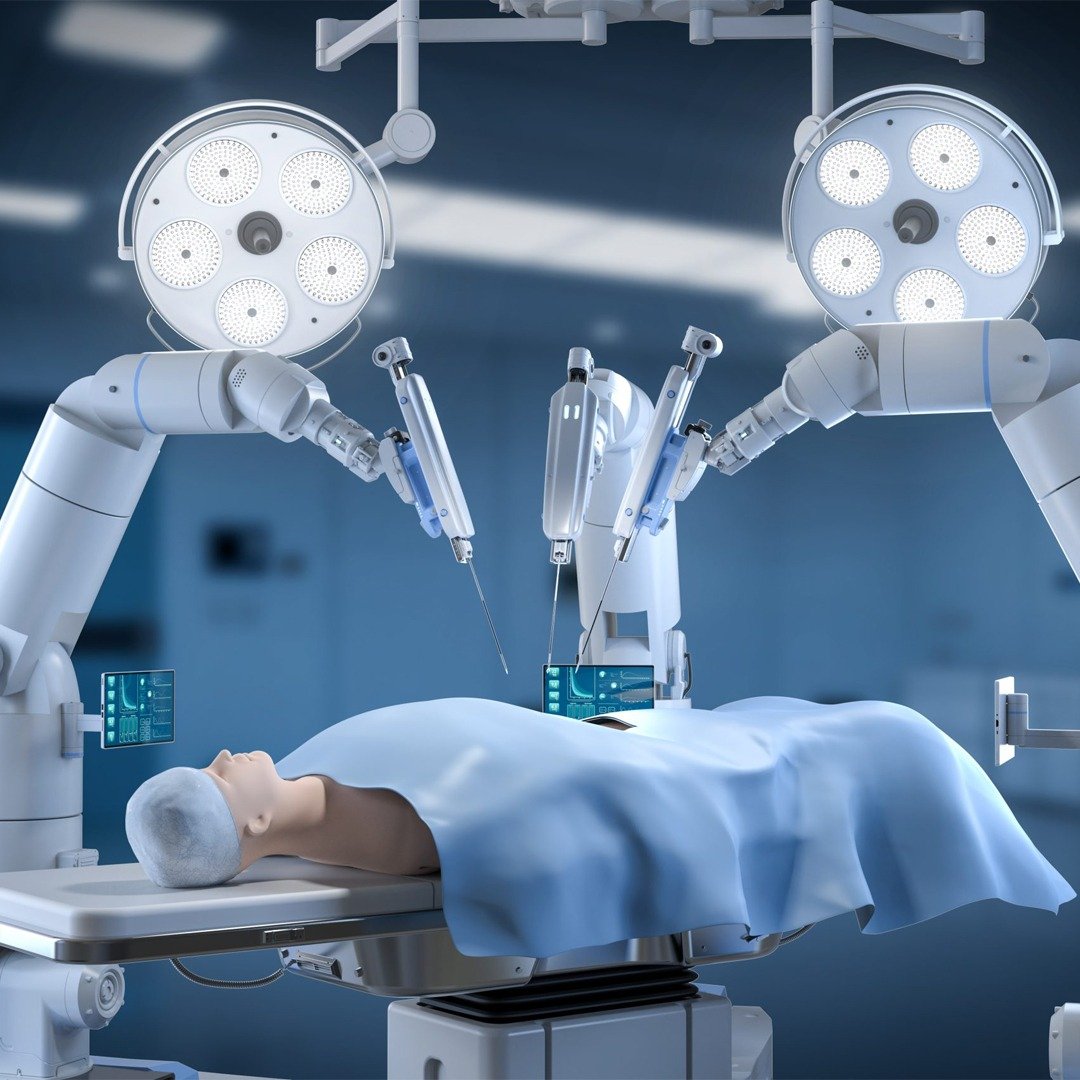
Book an Appointment
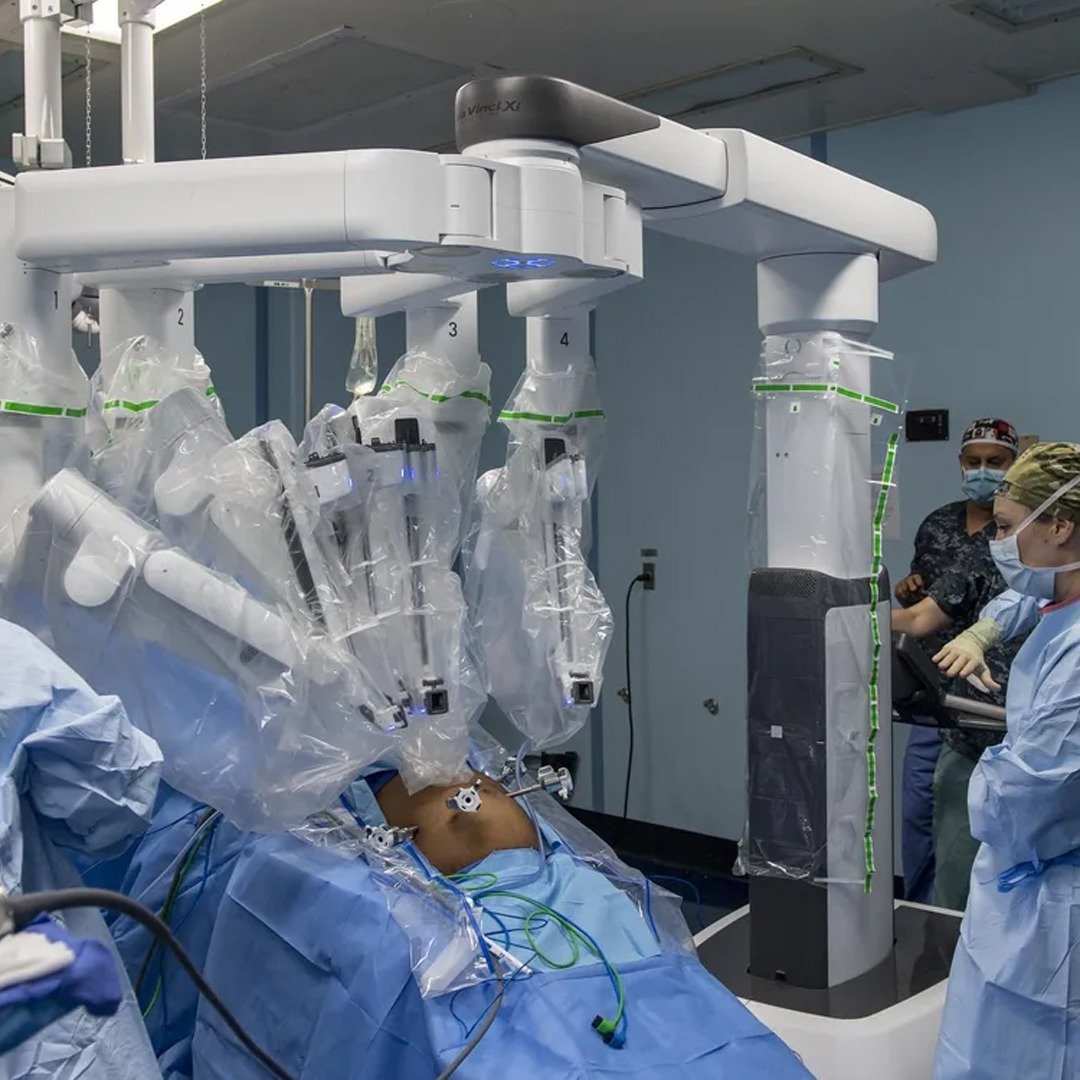
How Does Robotic Gynae Cancer Surgery Work?
If you’re looking for how Robotic Surgery Works? The treatment with Gynaecologic Robotic Surgery generally follows these steps:
- Pre-Surgery Evaluation: Ahead of robot-assisted operations, individuals get a thorough check-up. This is to figure out the cancer's kind and presumed spread. Exams that create images, tissue sampling, and other methods help find out how far the cancer has spread.
- Anesthesia: The patient gets a dosage of general sleep medicine. It makes sure they're asleep and don't feel any discomfort while the operation happens.
- Small Incisions: The surgeon forms several tiny cuts, typically 1 cm each, close to the troubled area. These cuts are often created in the belly region, but their precise spot hinges on the kind of surgery carried out.
- Robotic Arms and Instruments: Small robotic arms are slid into the body through these cuts. These arms carry specific operation tools like scissors, clamps, and devices for burning tissue.
- 3D Visualization: The surgeon, through the control panel, gets a clear, three-dimensional, HD perspective of the area needing surgery. It's an improvement, giving better sight and understanding of depth, far better than the regular two-dimensional sight laparoscopic surgery gives.
- Surgical Procedure: The operator taps into the robot's interface, moving its tools with exactness. The robotic system's superior flexibility and steadfast hold makes delicate jobs like removing tumors, cutting organs, and extracting lymph nodes less harmful to nearby body parts.
- Completion and Recovery: After eliminating the harmful cells, surgeons use stitches or metal clips to seal the cuts. The method is not harsh, so you typically get better faster than with old-style operations.
Advantages of Robotic Surgery for Gynecological Cancer
Gynecological cancer treatment gets a boost from robotic surgery. Overcoming the usual open or even normal laparoscopic routes, it has major pluses. Here are some benefits of Gynaecologic Robotic Surgeries:
- Minimally Invasive: Robotic surgery is less harmful. It uses smaller cuts than open surgery. This lowers body stress, reduces blood loss, and lessens infection risk.
- Enhanced Precision and Control: Surgeons can maneuver the robots with improved control, leading to more accurate actions during surgery. This is really important when taking out tumors or doing intricate dissections, as the precision needed helps prevent harm to the surrounding tissue.
- Reduced Blood Loss: Often, robotic surgery leads to less blood shed than the old-style methods. This is key, especially in cancer operations. The aim is to take out as much of the cancer as can be, but keep the healthy organs safe.
- Faster Recovery and Shorter Hospital Stay: Thanks to the benefits of robotic surgery, it's gentler on the body. This means you'll likely feel less sore after the operation, helping you get back on your feet faster. Most folks can leave the hospital within a day or two. That's quicker than after regular, major surgery.
- Lower Risk of Complications: Robotic systems' accuracy cuts down probabilities of issues like bleeding, infection or accidental harm to surrounding organs.
- Less Scarring: The tiny cuts made in robotic surgery lead to less noticeable scars, a detail appreciated by many women for its aesthetic value.
- Better Visualization: The 3D graphics from the robotic platform provide an enhanced, precise look at the surgery spot. This makes recognizing and getting rid of cancerous tissues simpler.
- Fewer Postoperative Pain Medications: As there's less harm to the body, a lot of patients feel less pain post-surgery. This means they take fewer pain medicines, which lowers the chance of side effects.
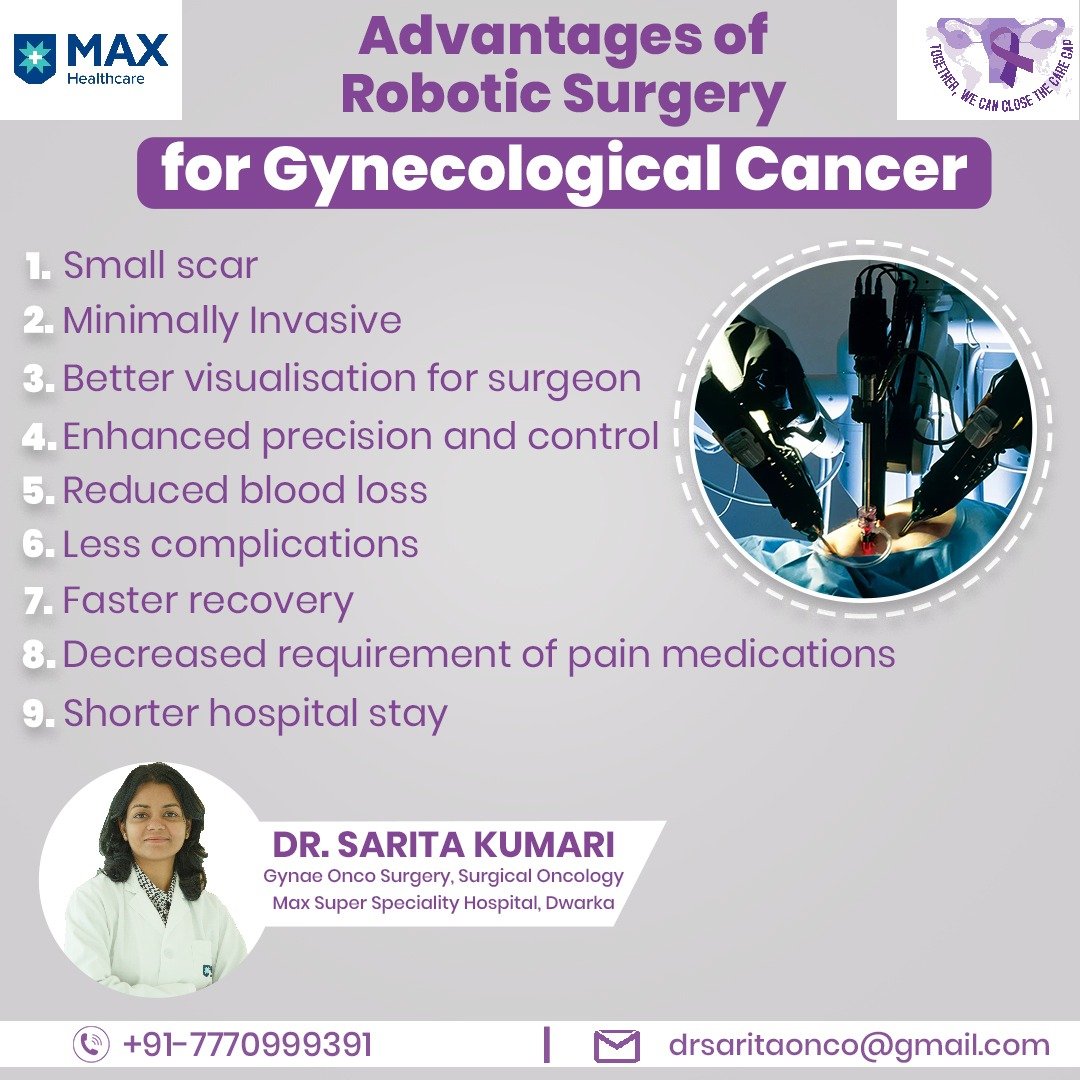
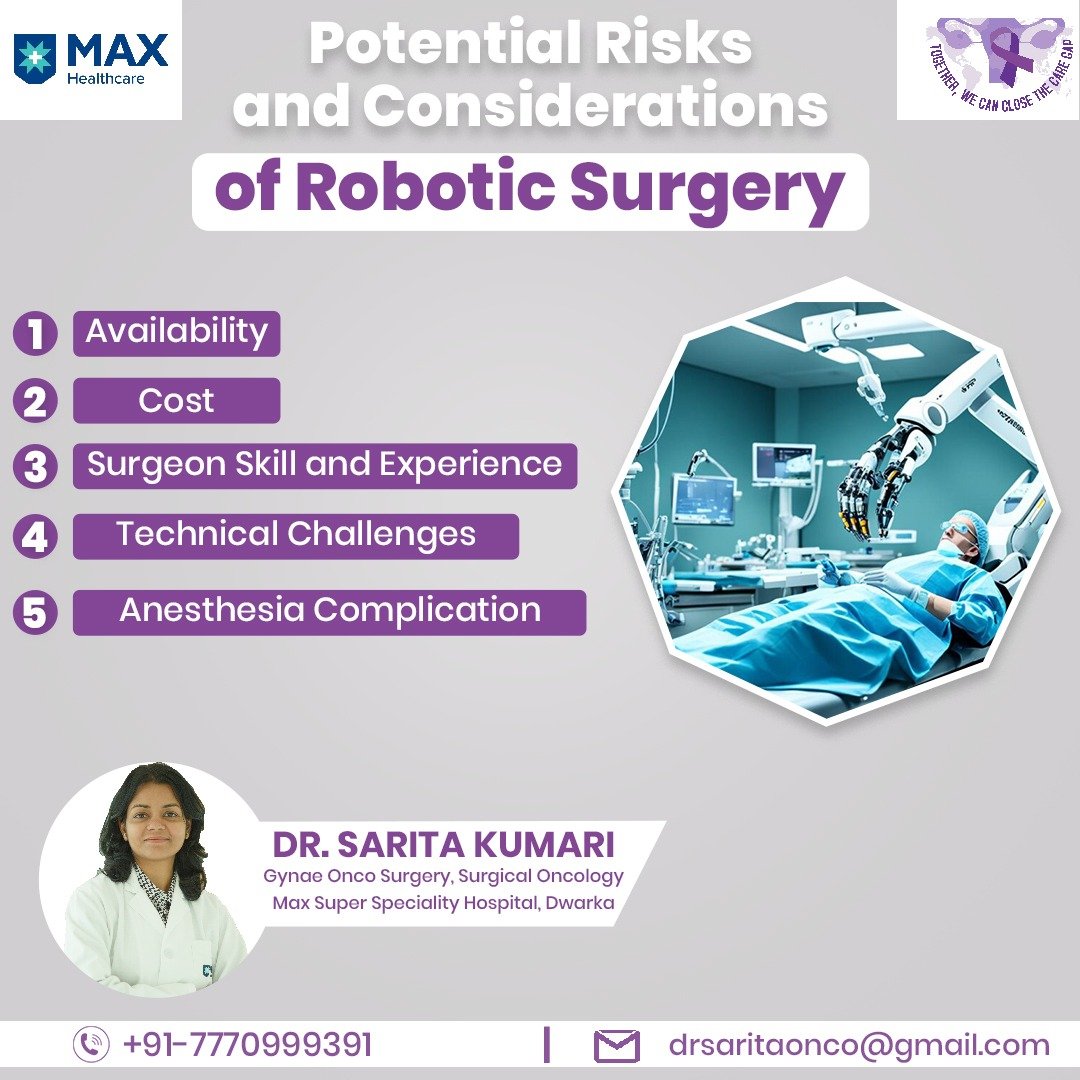
Potential Risks and Considerations
- Infection: Every operation carries some danger of infection, but minimally invasive techniques can lower such risks.
- Bleeding: Robotic surgery helps in reducing blood loss compared to usual methods. However, the presence of a tumor near a substantial blood vessel may still contribute to potential bleeding.
- Anesthesia Complications: There's always a slight possibility of complications with anesthesia. However, these are uncommon and medical professionals closely manage them.
- Technical Challenges: The robotic system is quite sophisticated. Like all technologies, it might face glitches. But don't worry! Surgeons are well-prepared to tackle any tech hiccups during the process.
- Surgeon Skill and Experience: The effectiveness of robotic operations relies heavily on the surgeon's expertise and familiarity. A surgeon having considerable practice and a thorough understanding of robotic methods can typically generate improved results.
Book an Appointment
Future of Robotic Surgery in Gynecologic Cancer
Robotic surgery for treating gynecological cancer shows bright prospects. As technology develops, we can expect these robotic systems to be even better. They could have enhanced accuracy and better tools as well as boosted patient results. Plus, these exciting treatments will reach more patients with gynecological cancer as more hospitals put money into the needed robotic systems.
Not just enhancing cancer care, robotic surgery is also giving women a boost. It improves life after surgery. With faster healing, less discomfort, and minimal complications, females can quickly get back to their routine. This lets them concentrate on getting better, not on lingering after-effects of the operation.
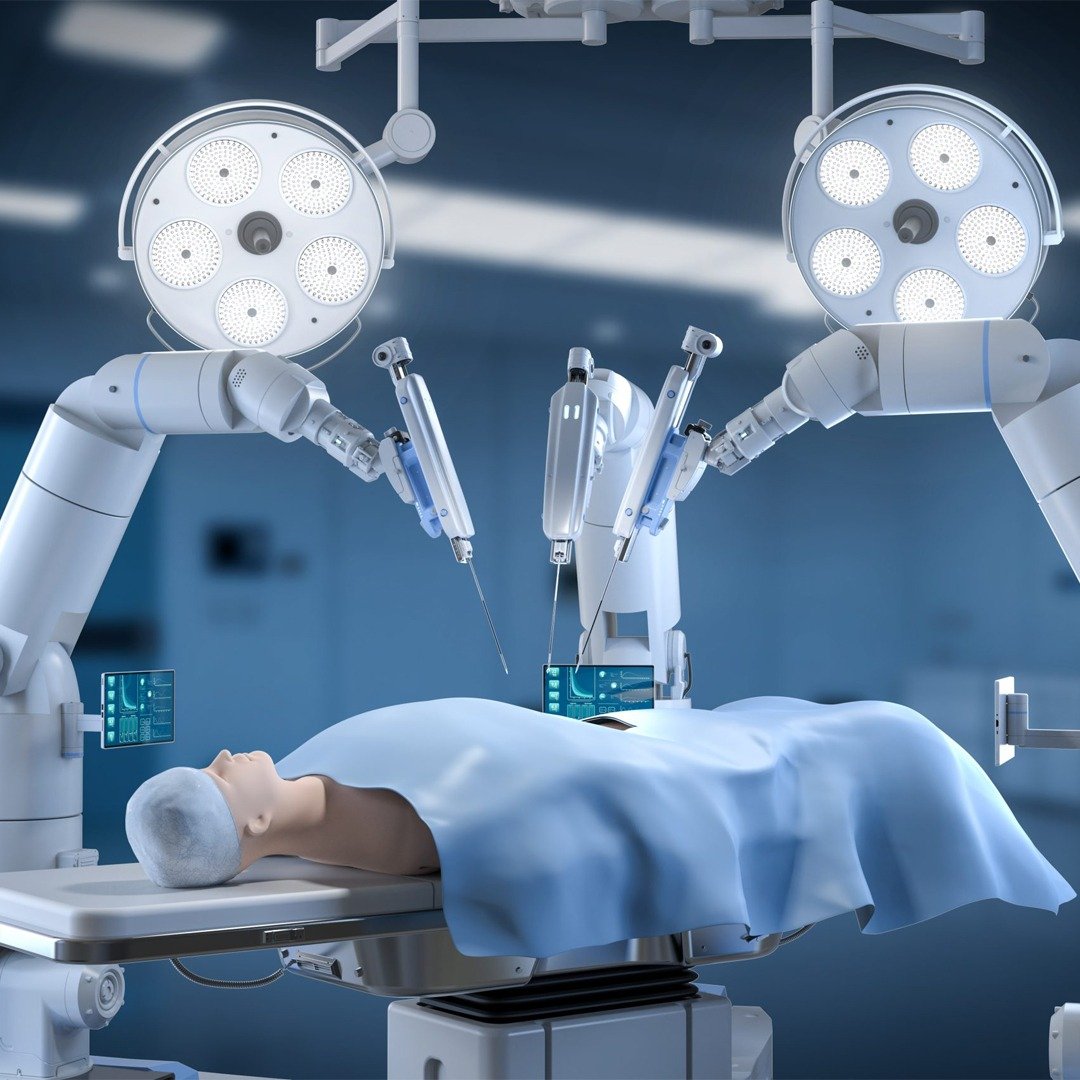

Why Choose Dr. Sarita Kumari for Robotic Surgery for Gynecological Cancer?
Meet Dr. Sarita Kumari! She's noted for her work in Gynaecologic Oncologist and Oncosurgeon, having handled tricky cases of gynecological cancer. Dr. Sarita Kumari earned her MBBS, MD, and MCh degrees from AIIMS, New Delhi. She also has advanced world-class training, notably for her skills in robotic surgery for gynecological cancers.
She puts her patients first, promoting both physical and emotional health. Using the newest robot-aided surgery, Dr. Sarita Kumari brings perks such as minor cuts and quick healing. Worldwide cancer cures are on her radar, always joining hands with global cancer fighters.
At Max Super Speciality Hospital in Dwarka, you'll find Dr. Sarita Kumari. If you need a gynecological cancer treatment that's careful, accurate, and kind, she's the one to see.
Looking for Robotic Surgery for Gynaecological Cancer Treatments? book your consultation with Dr. Sarita Kumari. Robotic surgery for gynecological cancers is changing how these diseases are treated. It's a new way that is good for patients and doctors both. This surgery is less invasive and very accurate. It's making a big difference in treating cancers like ovarian, uterine, cervical, and vulvar. The benefits? Patients get better faster, there's less risk, and the results are better.
Robotic surgery sure has its hurdles, but its benefit in accurate handling, fast healing, and fewer troubles can't be ignored. Tech keeps getting better, making robotic treatments for women's cancer more important. It's a key weapon in tackling cancer, giving women globally a reason to hope and a brighter future.


